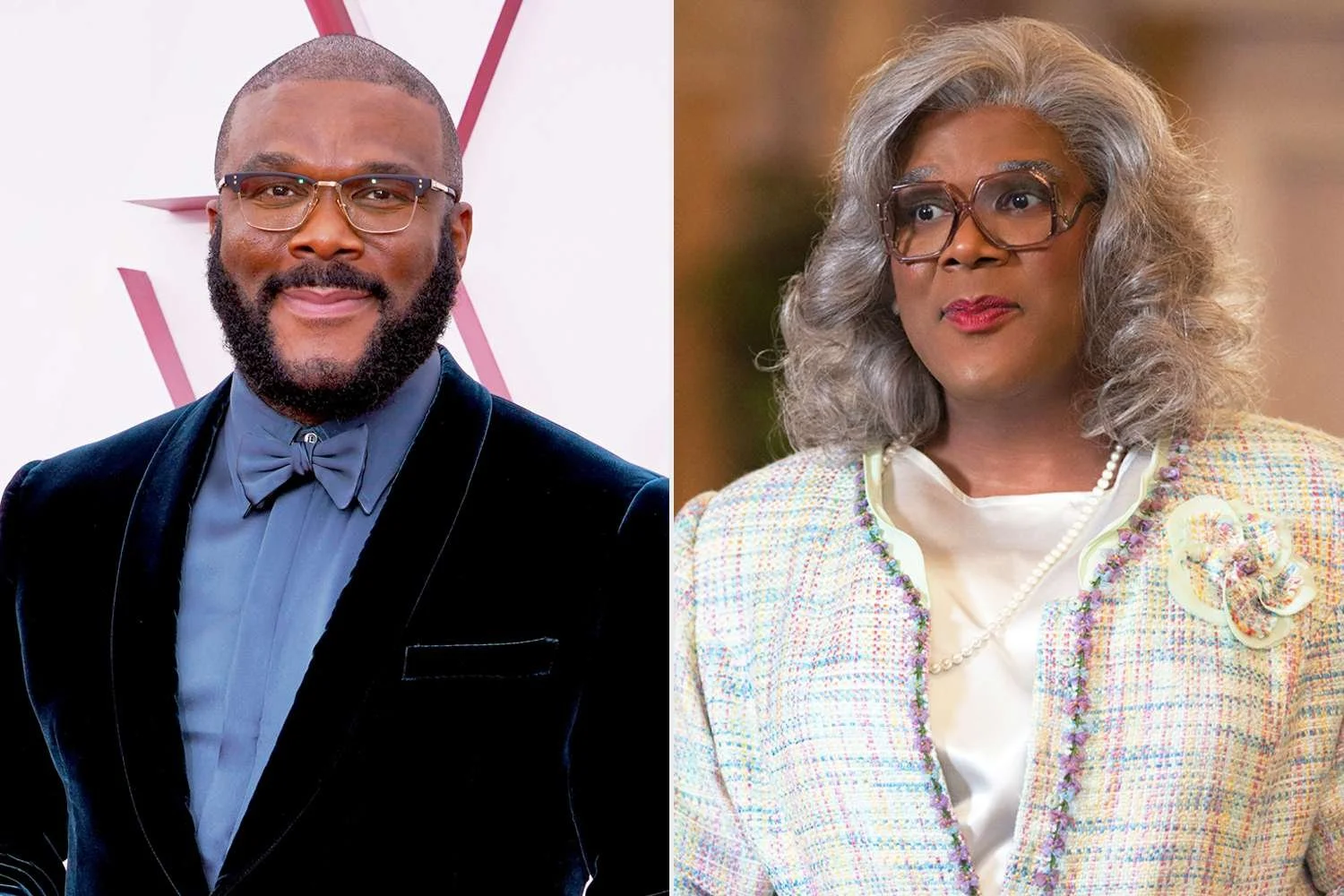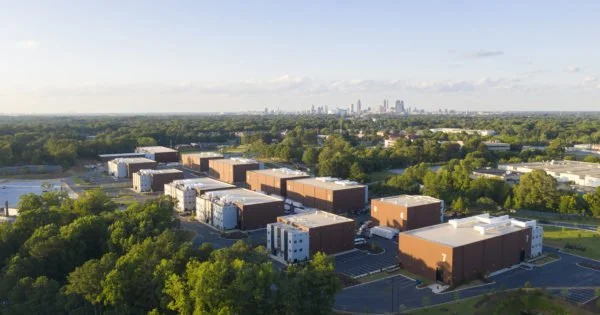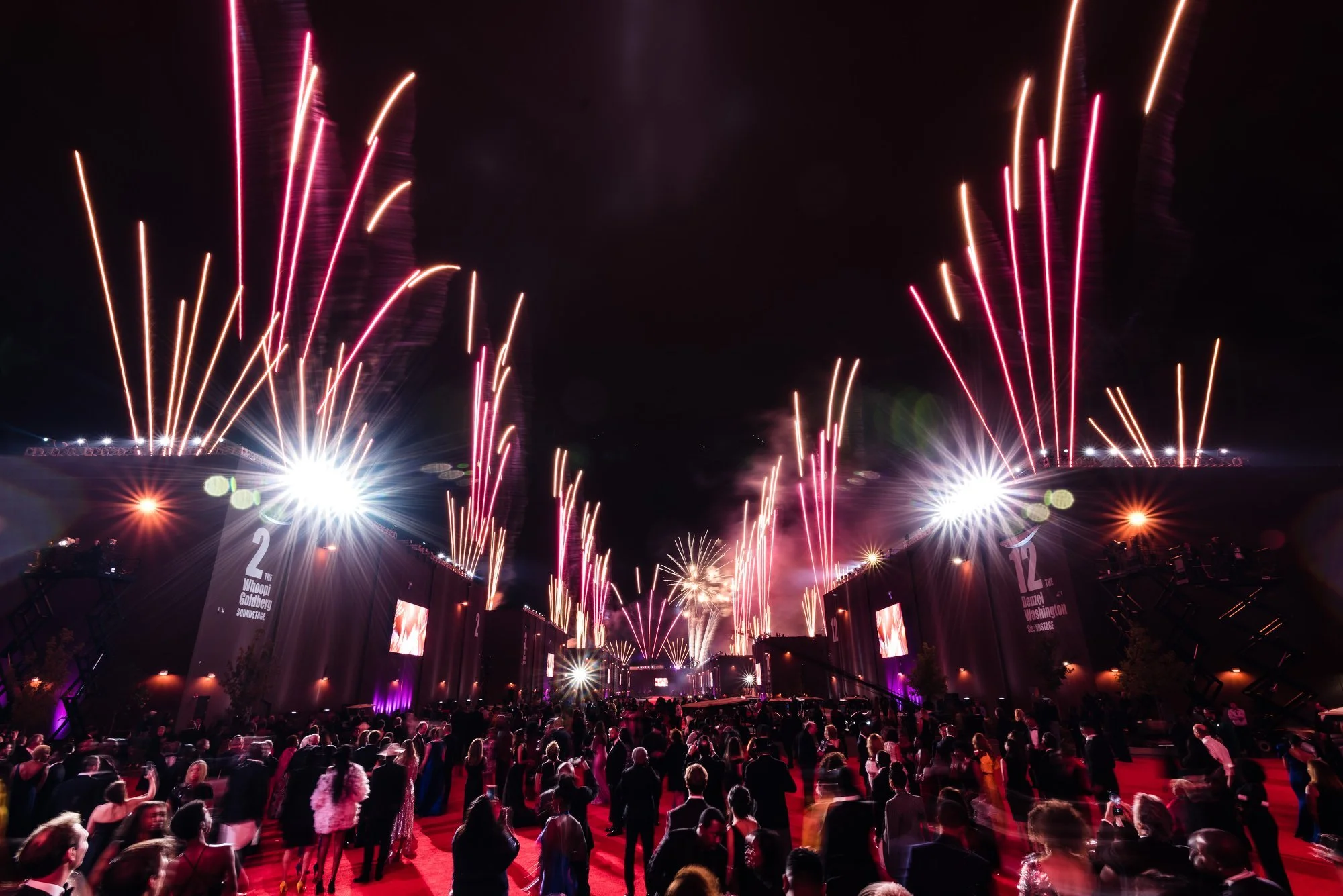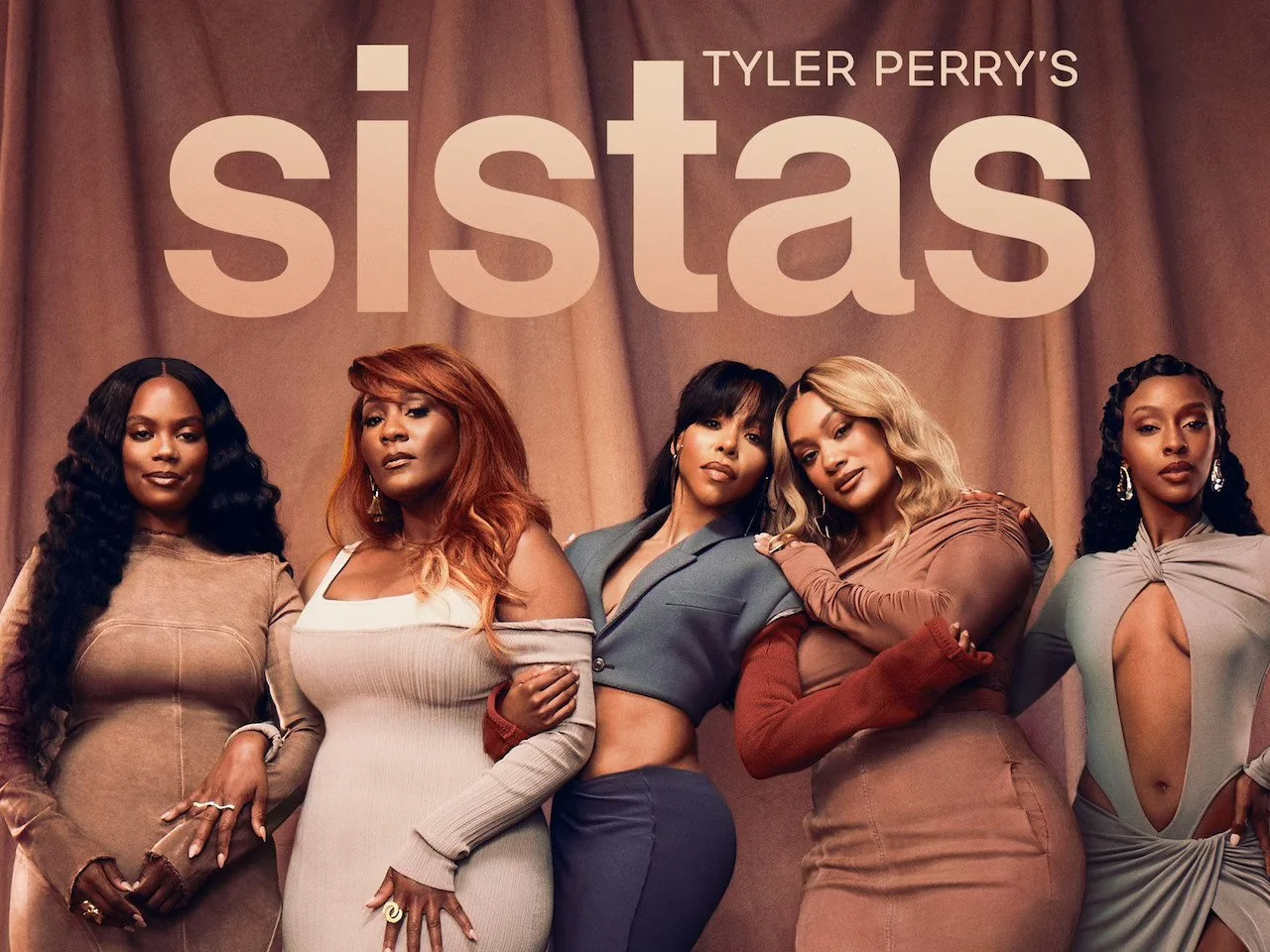The Real Genius of Tyler Perry: Building When Nobody's Watching
Let me tell you something about Tyler Perry that business school never taught me. Three years of case studies from 2020 to 2023 in my MBA program, and I can count on one hand how many creative business owners of Color we actually analyzed. Harvard Business Review loved talking about disruption, but somehow kept missing the man who was rewriting the entertainment industry from Atlanta. He should have been on the front page!
I knew Perry's genius long before I learned the vocabulary for it.
I can remember being a kid in my family’s small two-bedroom apartment, with a tiny living room packed to capacity. Siblings, cousins, aunties, church aunties all squeezed together; some on the couch, others on the floor, watching a 40-inch TV connected to a cheap Walmart soundbar. My grandmother would come home with those DVDs like she'd discovered treasure, and Sunday afternoons became our ritual.
Before you knew it we were using "Hellur!" mid-conversation throughout the week. "Good mornting!" became how we answered phones. "Hallelujer!" found its way into our everyday conversations. These weren't just quotes; they became the fabric of our community language. IYKYK energy in its purest form.
Those moments taught me something no textbook ever captured: when someone truly sees your community, that's not just entertainment. That's connection. And connection is the foundation of every sustainable business model.
The Church Circuit: Where Real Market Research Happens
Tyler Perry Studios, Atlanta Georgia
Before Perry had a 330-acre studio larger than Disney, Warner Bros., and Paramount combined, he had something more valuable. He had direct access to his audience. Those early stage plays weren't just creative expressions; they were market research in real time. Every laugh, every standing ovation told him there was an uncontested market space waiting.
Perry's approach taught me something fundamental: he didn't start by asking permission. He started by serving people.
The Madea character became what we call brand architecture, which is a consistent asset that could generate revenue across multiple channels. But Perry understood something deeper. Madea wasn't just a character; she was a relationship with his audience. And relationships, unlike distribution deals, belong to you.
Tyler Perry Studios Grand Opening (2019)
While other creators were pitching to networks, Perry was building direct relationships with customers one theater at a time. He owned the content, controlled the distribution, and kept every dollar of profit. This wasn't by accident. It was by design.
When Infrastructure Becomes Freedom
Tyler Perry Studios in all its 330 acres of glory in Atlanta, isn't about ego; it's about economics. When you control the soundstages, the post-production facilities, the backlots, you eliminate dependencies. You stop paying rent to build someone else's wealth.
Perry built infrastructure before he built fame, and he was quiet about it.
Most creators chase the spotlight first, thinking recognition leads to freedom. Perry understood that freedom comes from owning the tools of creation. His studio generates revenue not just from his own projects, but from every production that rents his facilities. He created an asset that works even when he's not there.
This is what business schools call vertical integration, which means owning every piece of the puzzle from idea to audience. But watching Perry build, something felt different to me. He wasn't just capturing value for value’s sake; he was creating it for people who looked like him. He scale, and he did it in service to his community.
The BET Evolution: From Content Provider to Strategic Partner
Initially, Perry was a content supplier, creating shows like House of Payne and The Oval that filled BET's programming needs. But as BET pivoted to streaming with BET+, Perry's content became the backbone of that transition.
Tyler Perry made history by attempting to acquire BET and VH1 in 2023, potentially becoming the first African-American to own two major TV networks. While that deal ultimately didn’t happen, it is demonstrable of Perry’s instincts.
And, where Perry braves, is exactly where most creators stay stuck. They're grateful for the platform, and they’re dependent on the relationship. Perry saw something bigger. He positioned himself as an essential partner, not just a vendor.
When news broke about Perry exploring a BET acquisition, I saw disciplined capital allocation. Perry had spent years understanding BET's operations from the inside. When that deal ultimately didn't close, it wasn't failure; it was smart money management. He walked away from a transaction that didn't meet his criteria. But he made his focus clear, and that is inspirational - it’s why I’m writing this.
The real message wasn't about that specific deal. It was about how Perry had positioned himself in the room as a potential buyer, not as talent hoping for access.
Innovation Tax: The Weight of Going First
Building something new is lonely work. Perry faced criticism from multiple directions: industry insiders who didn't understand his model, critics who dismissed his storytelling, even community members who questioned his choices.
This is the ‘innovation tax’ nobody talks about. When you choose to build rather than fit in, you absorb skepticism as part of the process. Perry's willingness to carry that weight while staying focused on his audience, that's where the real strength showed.
His metrics were different too. While others measured success by critical acclaim, he measured it by audience connection and revenue generation. He understood that sustainability comes from serving your market, not impressing your peers.
From Sunday Afternoons to Strategic Empire
Here's what I know after years of watching Perry's evolution, and creating content for my own clients: he never forgot who filled those church basements. From "Diary of a Mad Black Woman" in 2006 to now, where I'm hooked on Sistas, Zatima, and All the Queen's Men, Perry's content has grown more sophisticated while keeping that same heart.
The "throw it and swat" method from "Madea's Family Reunion" wasn't just comedy; it was community building. Perry understood that when you make people feel seen, they become your most loyal advocates. They build your network for you, with you. To me, this should be the whole point.
Tyler Perry's "Sistas" Season 9 Cast
The Blueprint That Actually Works
Perry's approach offers practical lessons for anyone building in creative industries, or anyone looking to connect with their target audiences:
Start with direct relationships. Your audience's response matters more than industry gatekeepers' opinions. Perry built his following one venue at a time.
Own your intellectual property. Those characters and stories you create are assets. Licensing them might provide quick cash, but owning them builds long-term wealth.
Invest in infrastructure over access. Instead of trying to get into existing systems, consider building your own.
Perry's story challenges assumptions about how creative industries and assets have to work. His success shows that creators don't need to choose between authenticity and commercial success, between independence and scale.
Watching his journey from those early plays to becoming a content empire, the deeper lesson is about ‘legacy thinking’. Perry didn't just build a successful career; he built infrastructure that serves other creators.
The goal was never to get invited to existing tables. The goal was to build bigger tables and decide who gets to sit there.In a world that often treats creativity as disposable, that kind of thinking might be the most radical act of all.




